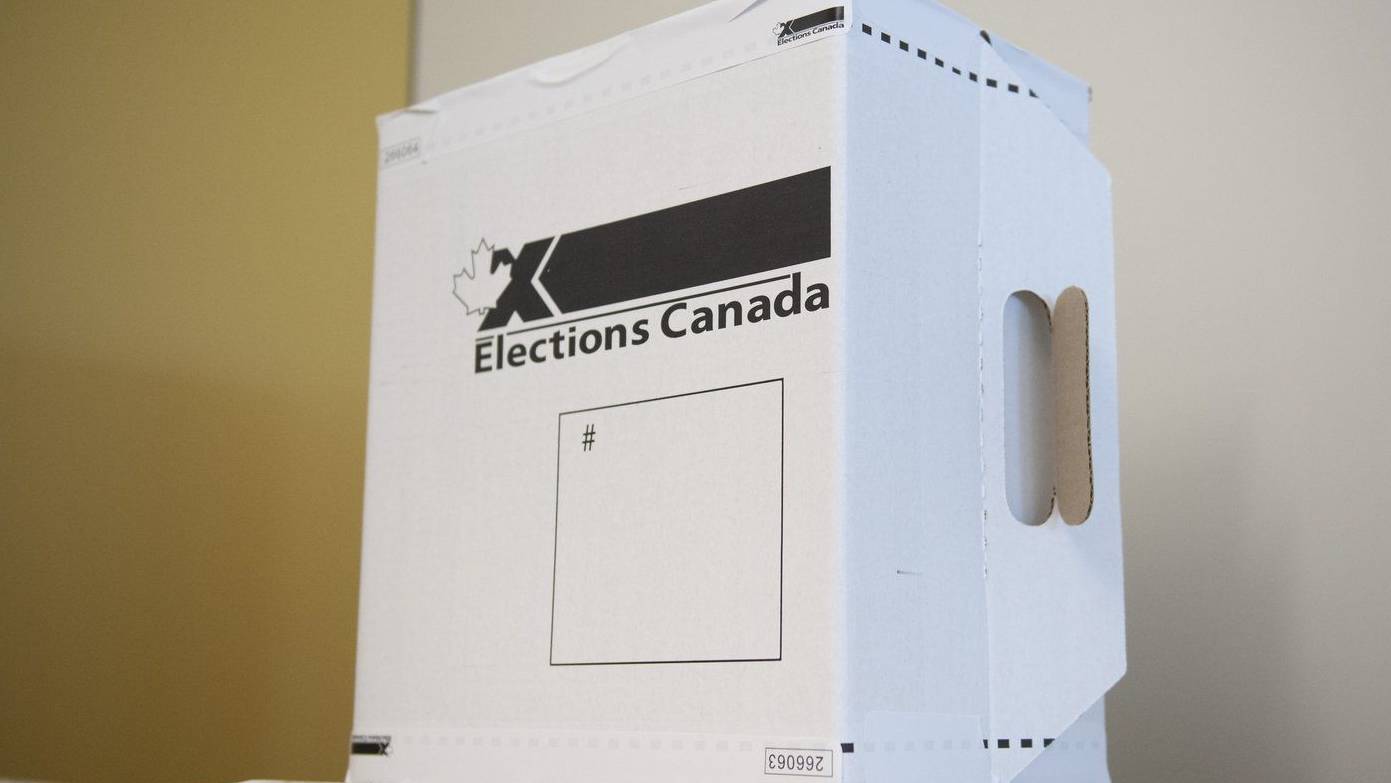Canada
Campaign launched to inform Indigenous voters ahead of federal election

Election Day is fast-approaching across the country, but for some First Nations, Métis and Inuit voters, the choice to vote or not can be as challenging as deciding who to vote for.
The Congress of Aboriginal Peoples has launched the #OurLandOurVote campaign, which is a resource hub to assist Indigenous, Métis and Inuit voters in making informed choices.
For Indigenous peoples, the right to vote wasn’t granted until 1960. Each election for them has been a significant and sometimes confrontational milestone in the fight for equality and representation
“The history of Indigenous relations in the electoral system is not fantastic. Many voters today take the right to vote for granted, but this right wasn’t always available to everyone throughout canada’s history. Indigenous people only got the right to vote in this country in 1960. Each election for them has been a significant and sometimes confrontational milestone in the fight for equality and representation ” explained Riley Yesno, a PHD candidate with University of Toronto’s Political Science department.
Prior to 1960, Indigenous people had to give up their status to be able to cast a ballot, forcing them to sacrifice their cultural identity in order to participate in the electoral process.
“I don’t think the historical trauma of that can really be undersold as we often do. We are just told voting is a good thing, its an important thing, it’s something we should do,” added Yesno.
Other barriers to vote included a lack of housing, meaning no fixed address or a lack of transportation available to polling stations.
“As recently as 2015, I know, there were so many First Nations comminutes and remote communities that weren’t sent sufficient ballots,” said Yesno. “So there is very much, I think, frustration and tension in the messaging that is sent to Indigenous people.”
But Yesno says, for others, they recognize it is the system we live in and voting is one tool people can use to have their voices heard, advance issues important to them and protect land and other rights.
Indigenous voter turnout was down in the last election. From 2019 to 2021, reserve voter turnout was down 7.3 per cent, Inuit voting was down 11.6 per cent and on Métis settlements, voting was down 4.5 per cent.
But it’s not far off of the overall voter turnout in Canada, which was down 4.4 per cent over the last two elections.
Some Indigenous voters CityNews spoke with say they are eager to get to the polls.
“Ticking the box is the first step to getting involved and engaged in the conversation and sharing our voices and our opinions and being heard as equals as opposed to advisories or victims,” said voter Elle Besick.
“Decisions will be made whether you’re in the room or not in the room. So it’s my personal opinion and my experience is that its better to be in the room and have the information and be able to make an informed decision and provide that information and start to move things forward,” said Besick.
